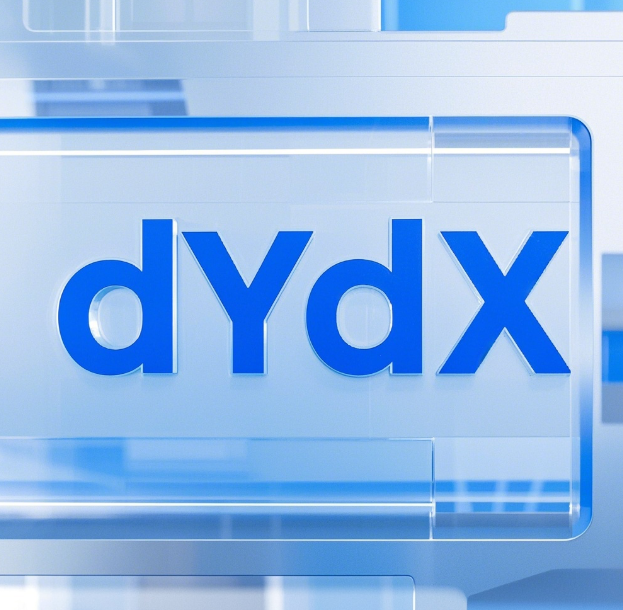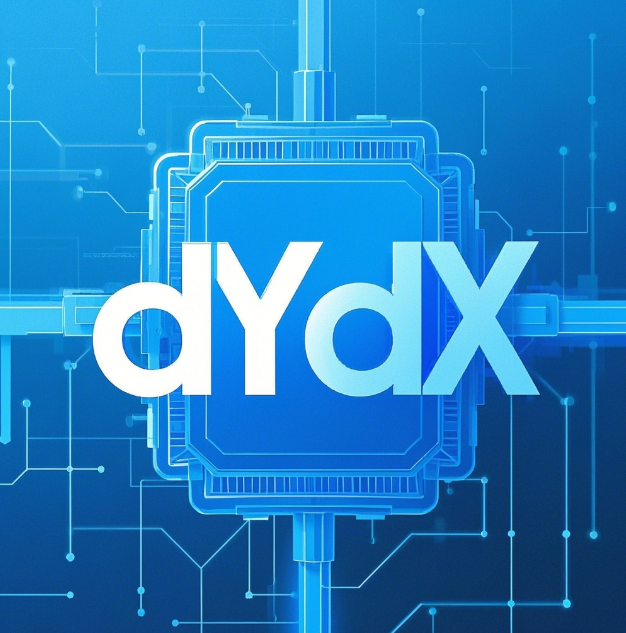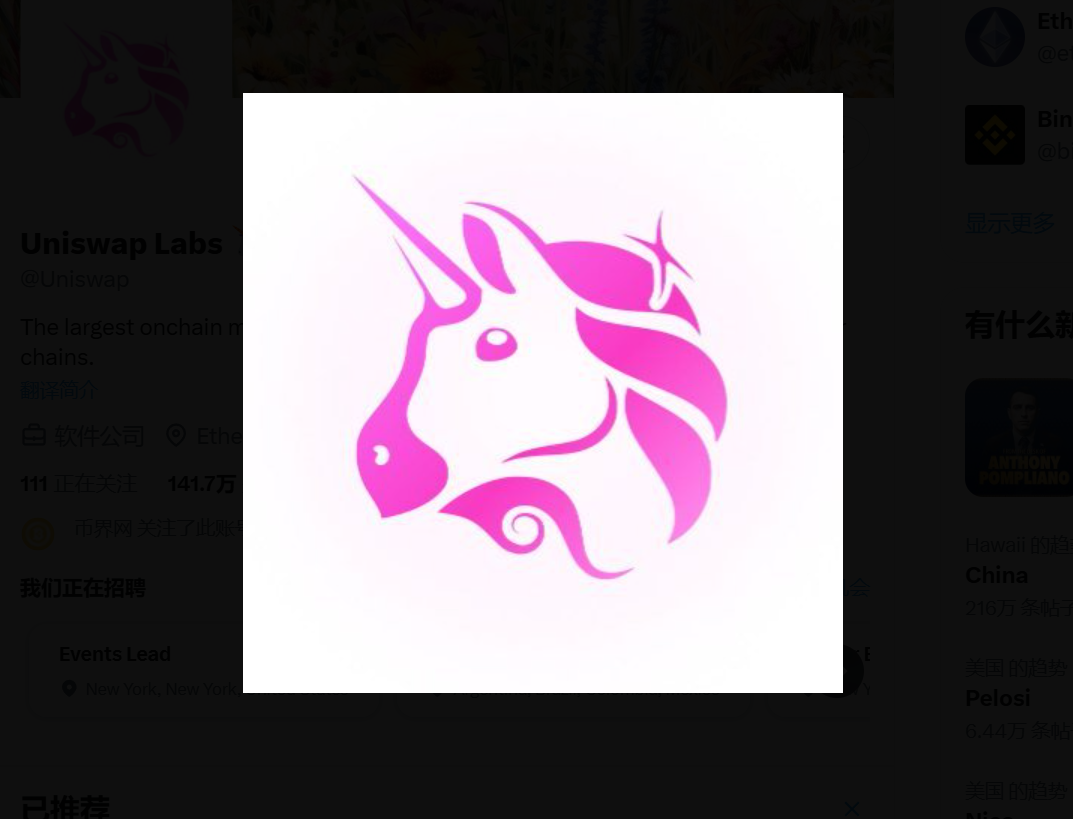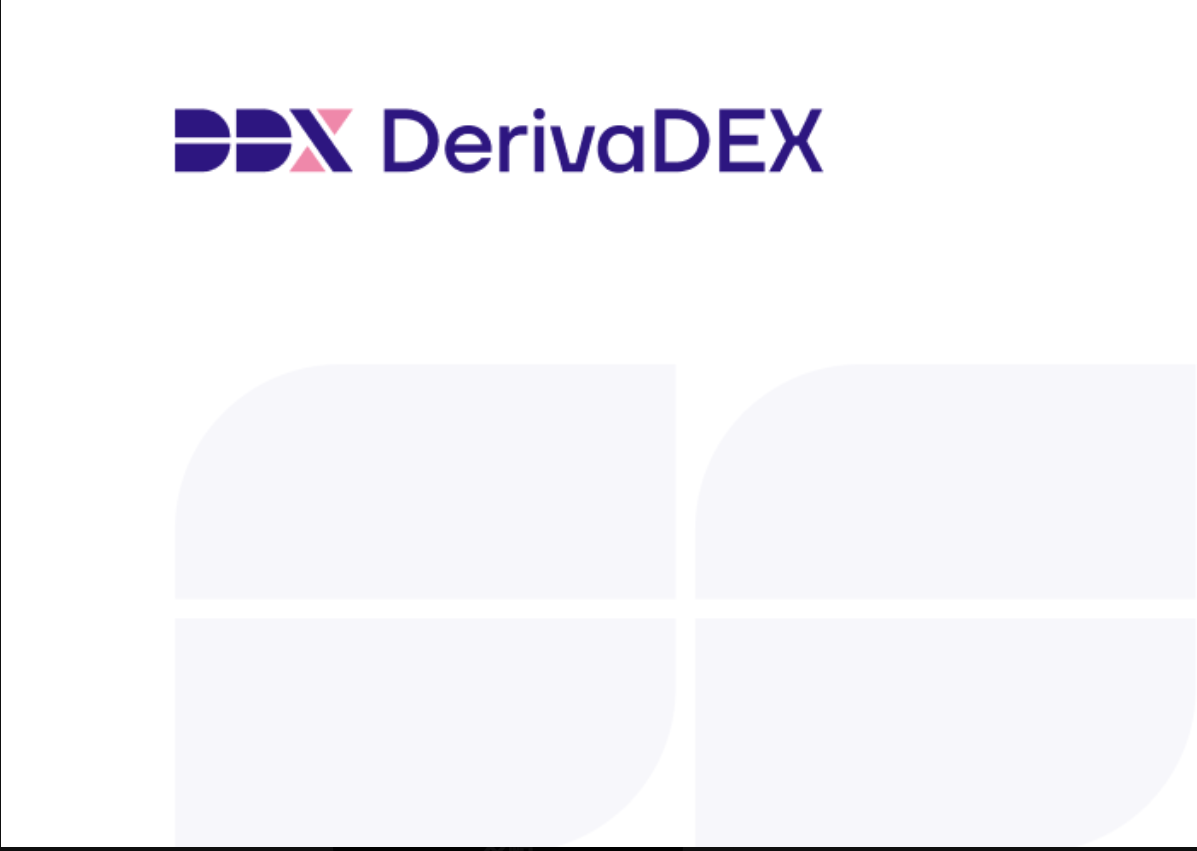The 2022 FTX collapse was a bombshell that shattered trust in centralized exchanges (CEX). Issues like misused user assets, opaque operations, and regulatory loopholes have weakened the dominance of giants like Binance and OKX. Meanwhile, decentralized exchanges (DEX), especially perpetual contract platforms like dYdX, are gaining traction with promises like "self-custody of assets" and "no middlemen skimming profits," aiming to disrupt the derivatives market .
But is this the whole story? While Binance Futures still dominates with daily trading volumes in the hundreds of billions, can dYdX and other DEXs truly rewrite the rules, or is this just a fleeting trend?
I. dYdX’s Three Killer Moves
1. Full Decentralization—Even the Order Book
Early versions of dYdX were only "semi-decentralized"—user assets were on-chain, but order matching and token listings were controlled by the team. The v4 upgrade (dYdX Chain) changed the game: built using Cosmos SDK, it’s now a standalone blockchain where the order book, matching engine, and even the frontend are managed by 60+ global validator nodes .
This means no single entity can manipulate the platform. Decisions like which tokens to list or how fees are split are made through community votes, making dYdX Chain the most decentralized perpetuals platform yet.

2. Sharing Real Profits with Users
On Binance, trading fees go straight to the platform. But dYdX Chain distributes all fees (in USDC) and gas costs (in DYDX/USDC) to stakers and validators. Recent data shows stakers earn an annualized return of around 15%, far outpacing Binance’s savings products . This "trade-to-earn" model turns users into stakeholders, directly challenging CEX profit models.
3. Solving Liquidity with Cash Incentives
DEXs often struggle with liquidity, but dYdX tackled this by launching a **
20millionrewardsprogram∗∗toincentivizeearlyuserstomigratetov4.Byearly2024,v4’sdailytradingvolumehit688 million, matching its v3 performance. Additionally, staking services like stDYDX (offered by Cosmos-based Stride) let users earn compound yields while staying eligible for airdrops, maximizing capital efficiency .
II. Binance Futures’ Moats: Why CEXs Are Hard to Replace
Despite dYdX’s momentum, Binance Futures remains king with a daily average of 50billionintradingvolumeand251 million in open interest. Its dominance isn’t just about being first—it’s about unmatched user experience.
1. Liquidity Depth and Price Stability
Binance’s order book is packed with liquidity, allowing large trades with minimal slippage. In contrast, dYdX’s open interest ($38.88 million) is less than 1/6 of Binance’s, making it risky for institutional traders to deploy heavy capital .
2. User-Friendly Design
Binance’s polished interface—complete with advanced charting tools, risk management features, and 24/7 support—is a breeze for newcomers. Meanwhile, dYdX Chain requires manual staking reward claims, cross-chain bridging, and wallet integrations (e.g., Keplr), which can overwhelm beginners .

3. Compliance vs. Anonymity
Binance has embraced regulation through licenses and KYC/AML checks, attracting institutional investors. dYdX’s fully decentralized structure avoids these hurdles but faces uncertainty—like the SEC’s scrutiny of DYDX as a potential unregistered security .
III. The Future: Coexistence or Conquest?
This isn’t a zero-sum game. DEXs and CEXs will likely carve out distinct niches:
1. Where DEXs Excel
High-Frequency Traders: dYdX Chain’s 2,000 TPS and zero-gas limit orders appeal to quant teams .
Long-Tail Assets: Community voting on dYdX allows rapid listing of niche tokens, unlike CEXs’ lengthy processes .
Cross-Chain Potential: Via Cosmos’ IBC protocol, dYdX could enable derivatives trading across Bitcoin, Solana, and more, breaking CEX silos .
2. How CEXs Fight Back
Binance is blending CEX liquidity with DEX autonomy through its own chain (Binance Chain). It’s also doubling down on market maker incentives and institutional APIs to lock in its edge .

3. User Preferences
Risk-Averse Traders: Prefer Binance for its SAFU insurance fund and customer support.
Crypto-Native Purists: Choose dYdX for transparency, especially during market chaos (e.g., "exchange shutdowns" during crashes) .
Evolution, Not Revolution
The clash between dYdX and Binance embodies the tension between crypto’s "code is law" ethos and traditional finance’s efficiency-driven model. In the short term, CEXs will dominate due to liquidity and usability. But as cross-chain tech and zero-knowledge proofs (ZKPs) mature, DEXs like dYdX could unlock new use cases—think African farmers hedging crop prices via mobile apps or gaming guilds managing assets on-chain.
The real victory for DEXs won’t be about "killing" CEXs but creating new value—where decentralization isn’t just a buzzword but a tangible upgrade in financial freedom. When that happens, the reign of CEX giants might finally crack.
















No comments yet